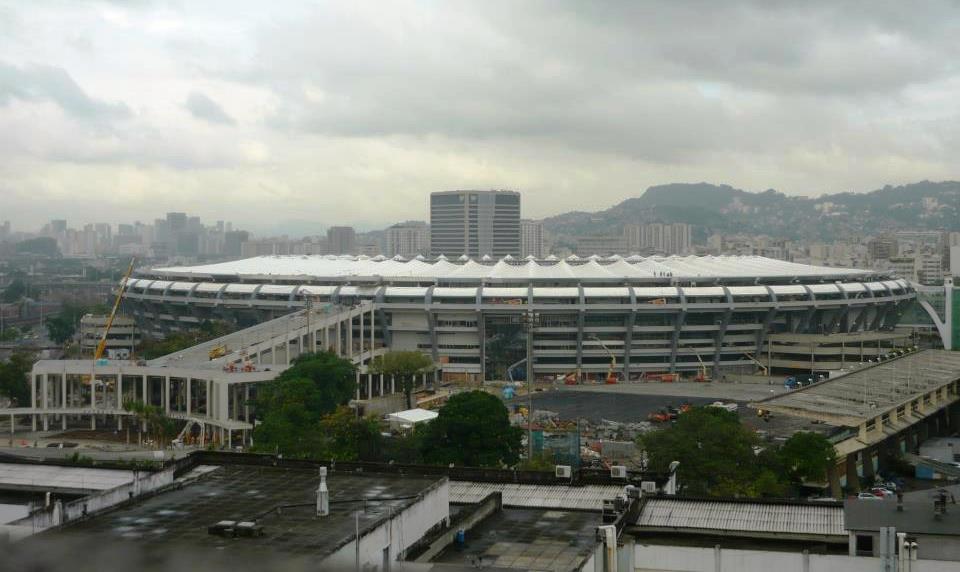ITATIBA, Brazil—Tourists going to Brazil for the 2014 World Cup and the 2016 Summer Olympic Games may have to start brushing up on their Portuguese if they want to find their way around the country’s airports.
A study by University of São Paulo researchers shows that airports in Brazil do not have proper signage in English, and tourists who don’t know Portuguese will have a hard time navigating their way through the airports.
“English is a tremendous gap [in Brazilian airports],” study adviser and university professor Antônio Nélson Rodrigues da Silva told The Epoch Times.
The study examined a number of airports in Rio de Janeiro, São Paulo, and Brasilia for accessibility ahead of the World Cup and the Olympic Games for different criteria, including access for people with disabilities as well as accessibility for foreign tourists, among other criteria. English signage was one of the major gaps found, according to the study, as there are not enough signs in English pointing travelers to where they can collect their luggage, where to go for ground transportation, or where they can talk to the authorities, and there is not enough staff who can converse in English.
The study used a scoring system to rank the airports for their accessibility, with the highest score being 1.
Ligia Gesteira Coelho, one of the study authors, says that none of the airports studied achieved high scores, which means that there are still many aspects that need to be addressed to enhance accessibility at the airports.
“I think we all know that airports are not prepared for the big events. Those responsible, I believe, are already working to remedy the problems and I hope to be contributing, giving them another perspective—that of the users—about the problems at the [airport] terminals,” Gesteira told The Epoch Times.
“There must be signs in English that can help foreigners navigate their way through if they are not familiar with the airport. It is important for the taxi companies and car rental companies that serve the airport to have staff who speak English.”
The low scores become more concerning for major airports, such as the Guarulhos Airport in São Paulo that is one of the airports with the largest number of international travelers, but yet received one of the lowest scores for accessibility. Most airports generally received a low grade, with the scores averaging around 0.5 to 0.6 out of 1.
According to Brazil’s Ministry of Tourism, during the 30 days of the World Cup in 2014, the country will receive around 600,000 foreign tourists.
The lion’s share of the tourists will be landing in Rio de Janeiro, with an estimated 413,000 expected, followed by São Paulo with 258,000, and Brasilia with 207,000, according to the ministry.
Vanessa Sampaio Bueno, a spokeswoman with the ministry, says there is already a plan to improve the airports and make them more accessible for tourists.
“[O]ne of the tasks of the ministry of tourism will be to support the renovation/construction projects of tourist service centers (some of them are inside airports and/or close to the terminals) and signage in tourist attractions and priority regions (including airports),” Bueno said by email.



